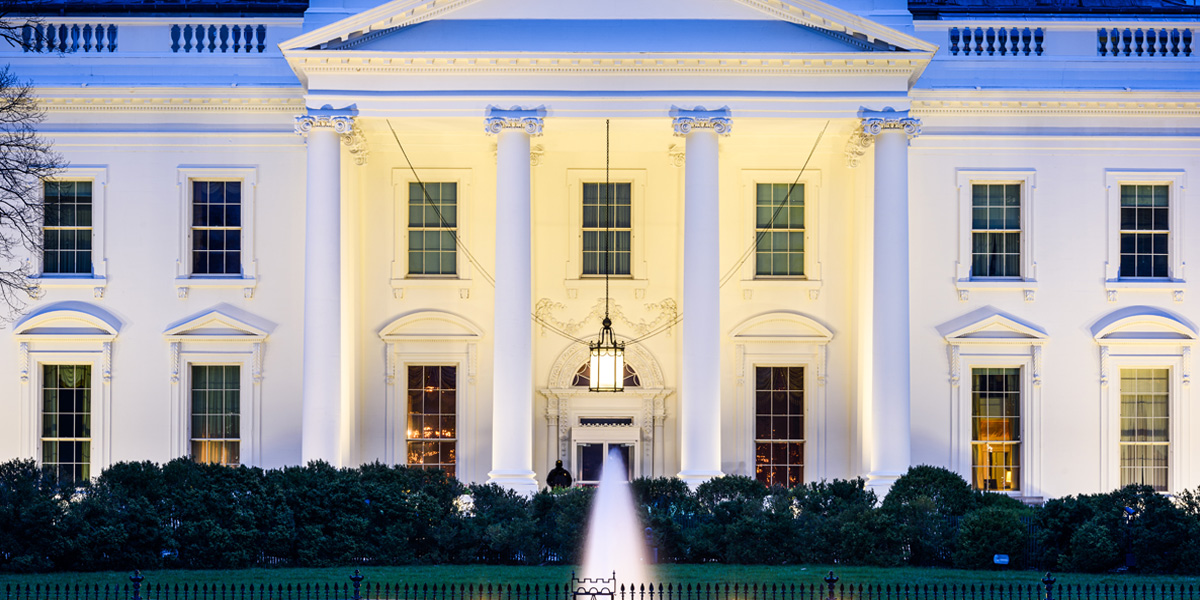
12 Ways the White House Recommends Using Technology to Age Gracefully
 4 min
4 min
America is getting older. It’s a fact that’s impossible to ignore. The U.S. Census Bureau reported an unprecedented 15% of Americans were older than 65 in 2014, and now, 10,000 baby boomers are turning 65 every day. Luckily, Americans are aging healthier than in years past — due, in many ways, to advances in technology.
But aging and having access to life-enhancing technologies are two entirely different things. And America is starting to notice. Including the White House.
President Obama has a group of advisors intended to provide intelligence on the latest science and technology, aptly called the President’s Council of Advisors on Science and Technology (PCAST). The council recently took on the topic of technology and aging, putting it’s thoughts into a report titled Independence, Technology and Connection in Older Age.
Aging connects everyone in the American melting pot, no matter their economic circumstances, geographic locations, living situations or language backgrounds. Everyone ages, and predictable changes occur as people age, PCAST co-chairs John Holdren and Eric Lander wrote in a letter to the President at the start of the report. And while technology has played an important role in increasing life expectancy and boosting seniors’ quality of life, not all older Americans have adequate access to technology.
Like the best senior living providers, PCAST recognizes the essential role technology will play in an aging America. The council has identified the technologies and policies that will maximize the independence, engagement and productivity of older Americans, and proposed them in the form of 12 recommendations to the President.
Here are the White House’s recommendations on technology for older Americans, summarized:
1. Increase coordination at the federal level.
Federal support for independent aging should span housing, health, transportation, energy, communications, education, and public safety. To accomplish this, the federal government should identify technologies vital to the aging population that encompass the full spectrum of care.
2. Bring all older Americans online.
Got Wi-Fi? The federal government should establish a national plan to guarantee all older people have broadband Internet access. The government should also support Internet training centers for seniors nationwide, and older adults should be included in all negotiated deals for federal telecommunications approvals.
3. Encourage innovation in monitoring technology, and guarantee its security.
The federal government should encourage innovation and access to monitoring technology, and that includes attention toward security. Specifically, the government should work to make sure consumers understand the requirements, risks and benefits of monitoring technologies. The security and privacy issues relating to these technologies should be investigated.
4. Promote more interdisciplinary research.
Different departments and agencies within the government should work together to conduct interdisciplinary research on topics like advanced mobility technologies, robotics, home monitoring, cognitive training and more.
5. Promote training and education in online technologies.
The presidential administration should support ongoing reauthorization of the Older Americans Act and build on the provisions of Section 415 to guarantee seniors’ access to online services, as well as protection from fraud and scams.
6. Advance national strategies to assist older Americans in emergency or disaster situations.
Older people are particularly vulnerable in times of emergencies and disasters, PCAST says. The government should promote rapid interoperability of medical information so it can be accessed wherever a patient may be. Additionally, the government should advance policies that make medical devices work together to guarantee timely access to people who depend on them.
7. Protect seniors’ finances from fraud.
The federal government should encourage the banking and financial services sectors to provide monitoring services to protect seniors’ financial assets from exploitation and fraud.
8. Regulate commercial cognitive training products.
The Federal Trade Commission should continue to enforce regulatory review and guidelines for commercial cognitive training products.
9. Improve payment and regulation to reflect innovation in telehealth.
The Department of Health and Human Services should get the National Governors Association and the Federation of State Medical Boards together to accelerate reciprocal state licensure policies. Meanwhile, the Centers for Medicare & Medicaid Services should utilize the full capacity of the Innovation Center to advance payment policies that support innovation in telehealth.
10. Streamline regulations and payment policies that govern home accessibility standards.
The Department of Health and Human Services should work with the Department of Housing and Urban Development to strengthen and streamline regulations and payment policies related to home accessibility standards. This is particularly important for senior living communities, PCAST says.
11. Make packaging and product design more senior-friendly.
The federal government should create improved design guidelines for senior-friendly packaging, especially for technology and products like medical supplies and food.
12. Increase the accessibility of mobility-related technologies.
Mobility technologies like wheelchairs have improved, but Medicare payment policies can make access to these technologies difficult, PCAST says. So, CMS should examine payment policies and make changes that allow people to purchase higher-functioning products with government support. A 10-year roadmap should also be created for improving the functional capabilities of wheelchairs.
Adapt, or Lose Out
The White House, like the best senior living providers, is looking ahead to the future and realizing seniors’ access to technology is more than a luxury—it’s an expectation that’s vital to their continued well-being. Senior living providers who have not yet recognized this, and acted on it, would do well to get on board.
In the meantime, a significant number of seniors have already started integrating technology into their daily lives.
Read More: The 5 Most-Used Tech Devices for Seniors
May 12, 2016






